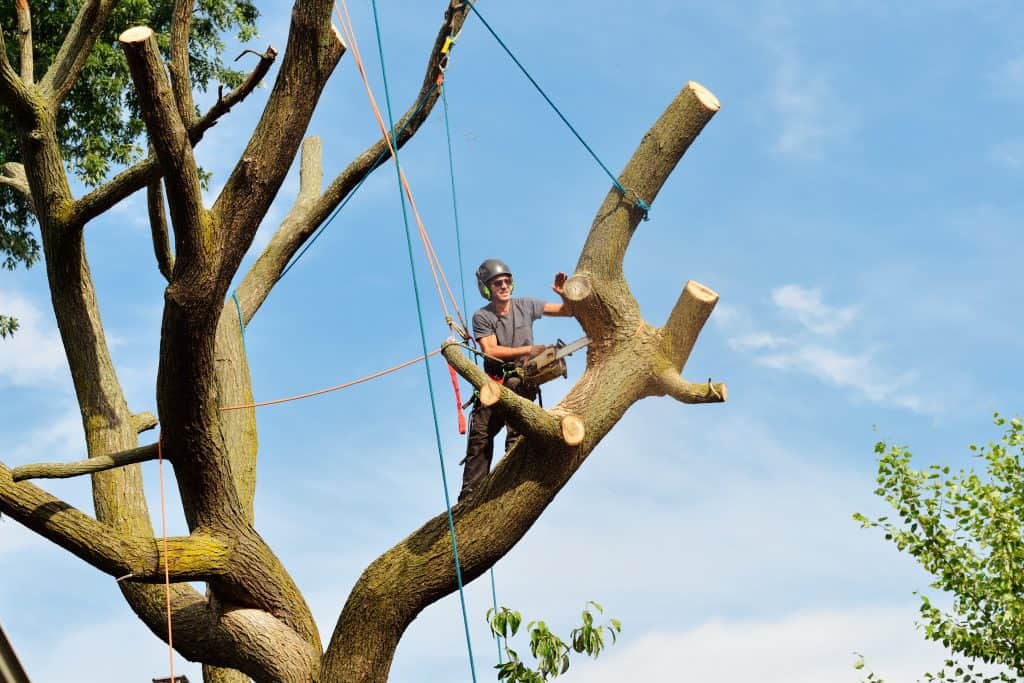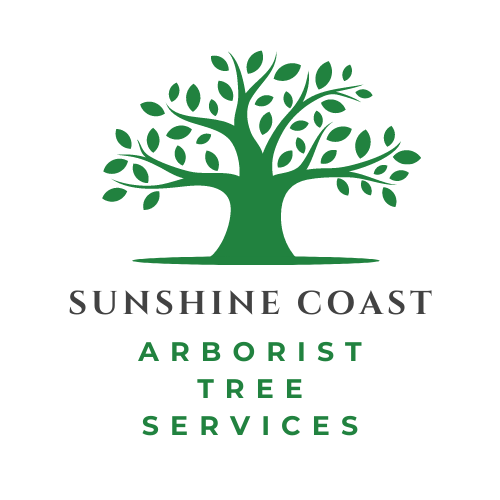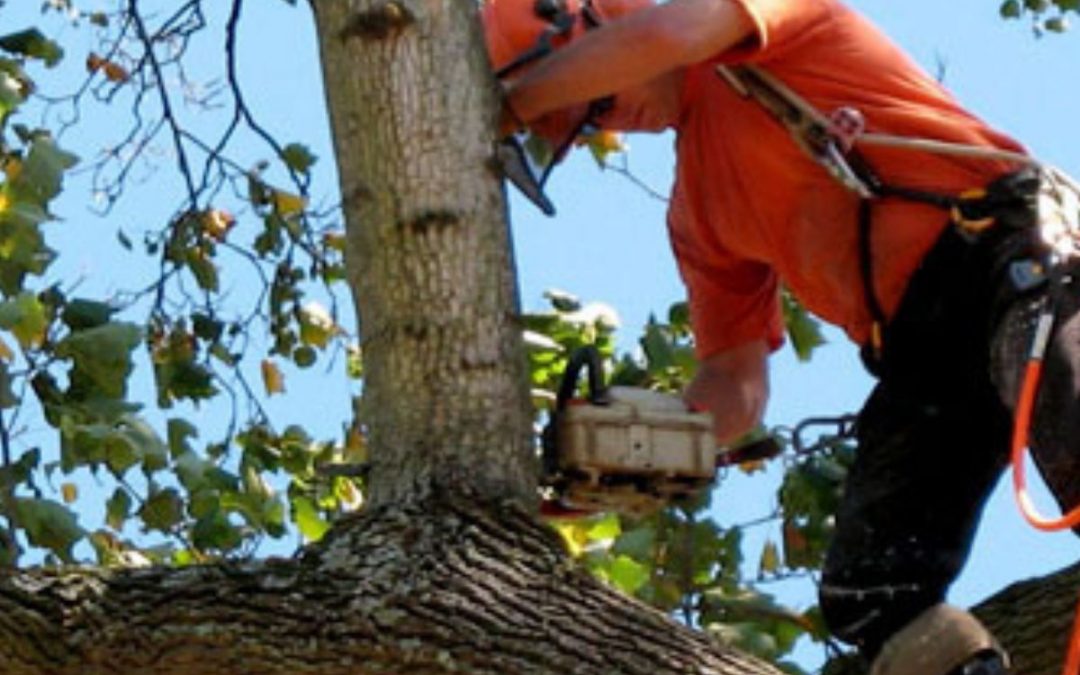Tree jobs vary greatly in terms of cost and complexity. For example, removing a single large tree requires more manpower and equipment, and more time for chipping and disposal. Additionally, a larger tree may require tipping fees to dispose of the waste properly. This can drive up the price of the job.
Depends of the Size of the Tree
The diameter of the tree’s trunk can impact the total price. A thicker trunk requires more work than a thin one. Likewise, a wide trunk requires more manpower to cut. Although the diameter isn’t the only factor, it can help to give a clear indication of the tree’s size. Moreover, larger trees are more difficult to remove because they can cause damage to the surrounding property.
The location of the tree can also affect the cost. A tree located near a building or powerline may require special equipment. Moreover, a tree with multiple trunks will require additional accommodation. If the location of the tree is difficult to access, the price will be higher.
If the tree is small, the price of tree removal can be reduced. In this case, a professional crew can complete the job in a few hours. It is also possible to save money on small jobs by hiring fewer workers.
Why Danger Increases Costs
There are several factors that can increase the cost of a tree job. First of all, the size of the tree matters. The larger the tree, the greater the risk, both from OH&S and financial points of view. Even small mistakes can result in extra time and expense. Second, if the tree is dying, it can attract termites and damage property.

Which Tree Jobs are More Dangerous?
Although the logging industry is crucial to the American economy and has many benefits for West Virginia, it isn’t without its hazards. According to one study, logging is the second most dangerous job in the United States. Workers are at risk of being crushed by trucks as they attempt to clear forests.
The risk of death for loggers is 30 times higher than the overall rate for U.S. workers, according to a study from Penn State. Tree care workers also face more hazards than the average employee. According to Judd Michael, an agricultural safety professor at Penn State, “Forestry is among the most dangerous occupations in the United States. Loggers work with chainsaws at the base of the trees, while landscapers are required to climb trees to cut sections.”
The death rate for logging workers was about 28 times higher in 2020 than it was in 2019, according to the Bureau of Labor Statistics. While it is difficult to determine which tree jobs are more dangerous, one thing is for sure: logging workers work around live electrical wires and high-powered machinery. In addition, their work is often performed at high altitudes, which is hazardous, as well as exposed to inclement weather.
The Time Factor
A large part of the cost of a tree job is the time it will take the arborist to complete the job. When estimating the price, an arborist should take into account the size of the tree, how long it will take them to climb it, and how much debris they will have to haul away. Often, a smaller tree is easier to remove by yourself, but larger trees will require more time and effort.
An arborist specializes in the health and safety of trees, and their services range from tree trimming to disease prevention. Depending on the size of the job, an arborist can charge $50 to $75 an hour. This doesn’t include additional services, such as repairing damaged landscaping, providing pest control, and applying other treatments. The national average for a tree job is $63, but a lower-cost contractor may charge as low as $25 per hour.
An arborist can also perform a Resistograph test, which involves drilling a probe into the trunk of a tree. The resulting printout will show whether the tree is healthy, diseased, or decayed. Trees that are healthy will cost more than those that have died or have fallen. Additionally, an arborist can perform a thorough assessment of the tree’s health, and provide recommendations for proper care and watering.
Operational Costs Influence Pricing
In determining how to price a tree job, it’s important to consider operational costs, which include costs of goods sold and other expenses. These are commonly referred to as selling, general, and administrative expenses. They include rent, equipment, inventory, marketing, payroll, and funds allocated for research and development. These costs are reflected in a company’s income statement, and should be included in the total cost calculation. A company should also determine its operational costs and compare them to non-operating costs.
Another factor that affects operational costs is the size of the tree. Trees in open fields require less time to remove, while those in close proximity to buildings or structures may require more time. In addition, tree companies must consider access to the area. They also must notify the utility company before removing trees near powerlines or on buildings.
Tools and Equipment Used
A tree surgeon must have the right tools and equipment in order to perform his job. This means that he must be able to safely remove tree limbs or entire trees. Additionally, he must be able to work in different environments. While the tree surgeon is skilled and experienced, accidents can still happen, so he must have the right equipment.
There are many tools and equipment used by arborists, and these can range in price. These tools are designed to meet the specific needs of arborists. The arborist will know which equipment is best suited to each type of job. Listed below are some of the most common tools and equipment that an arborist will use during a tree job.
Rigging tools: Rigging tools include blocks, cable hosts, and pulleys. These tools make it possible to raise and lower a large load. Rigging equipment also includes carabiners, swivels, and a variety of rigging components.
Conclusion
There are many factors an arborist should consider when pricing a tree job. This includes the cost of tools, materials, and equipment. A business plan should be created and used to determine the actual costs of the job. A well-rounded business plan will consider all of the costs associated with a tree job and set rates that are affordable for the customer.
When hiring a tree service company, it is important to consider the reputation of the company. Make sure the company has good customer reviews, and ask for references. Check the company’s insurance, equipment, and expertise to ensure that they are trustworthy. You don’t want to end up spending more money on an arborist than you have to.
A tree service contract should detail the work to be done, the timeline of the job, and any potential add-on fees. Getting a contract written in advance protects both parties, and prevents misunderstandings.

